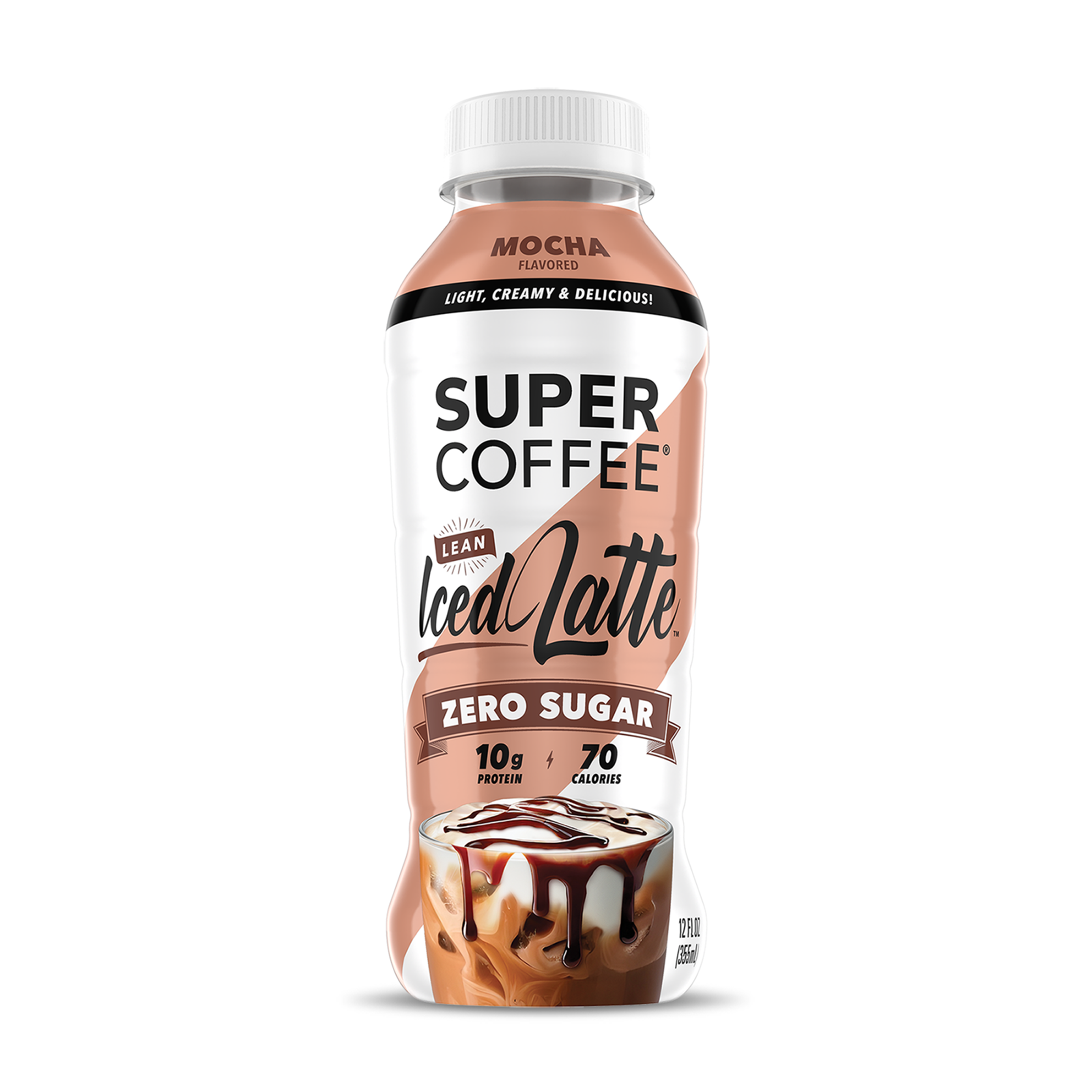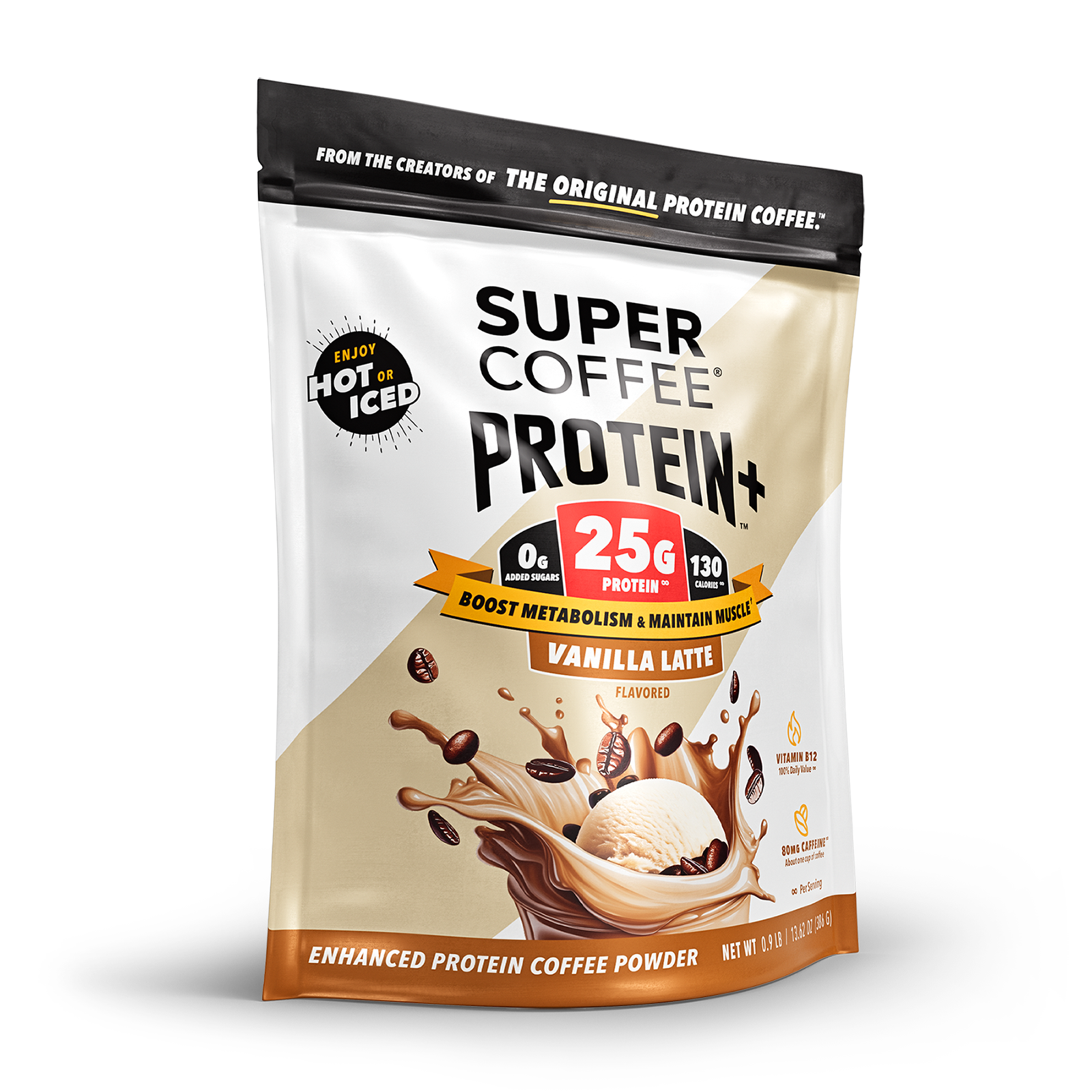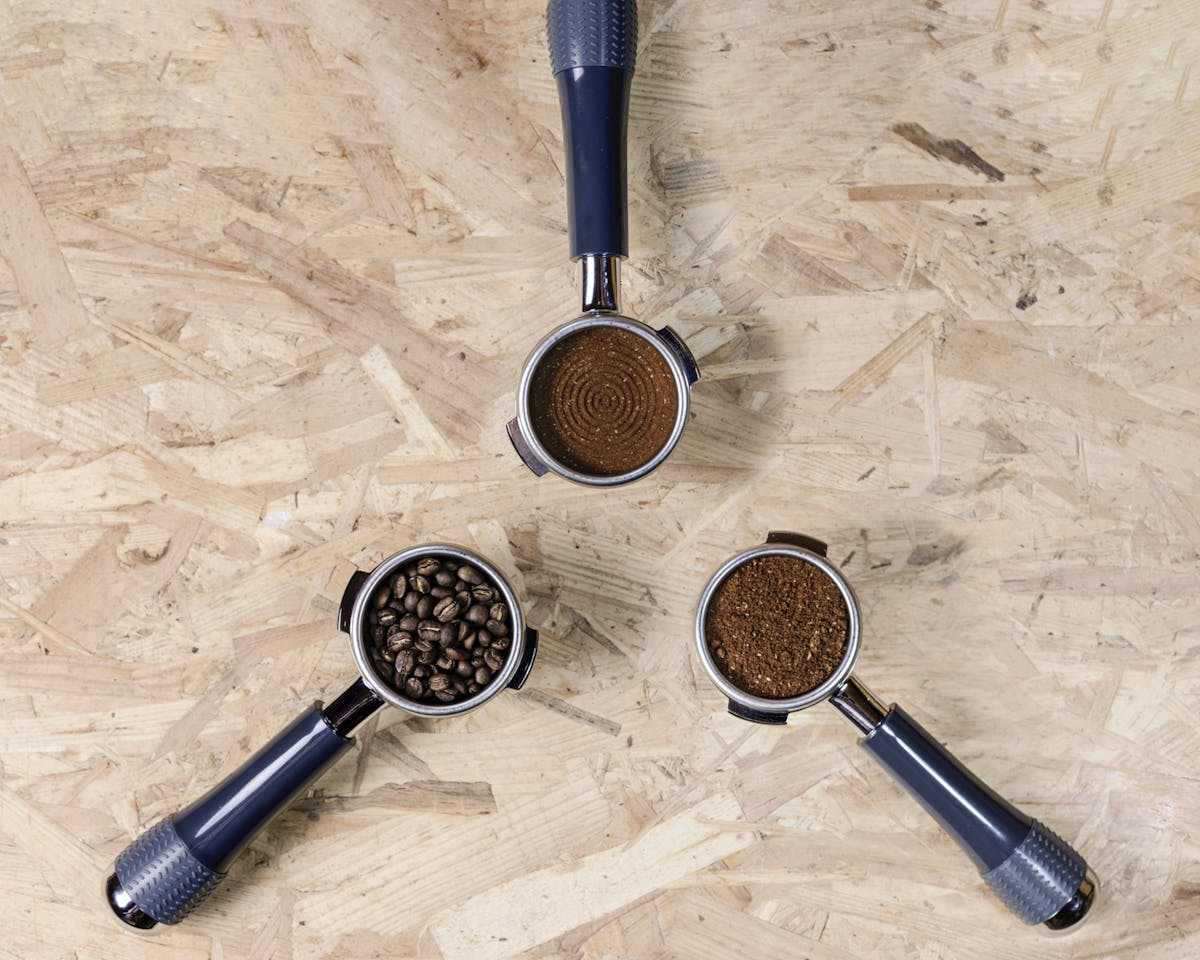Your cart is empty
If you walked into your local diner or IHOP and asked for a shot of espresso, the wait staff would probably give you a weird look.
If you walked into your local Starbucks or upscale coffee shop, and asked for a cup of coffee with sugar and two creams, the baristas would probably give you a weirder look.
Some restaurants or social settings simply say “coffee.” Fancier ones don’t just say “espresso” – they scream it.
Obviously, that’s because espresso and coffee are such different beverages. Right?
Nope. Espresso and drip coffee have one important thing in common: they’re both coffee. They’re simply made differently.
Let’s debunk some mistaken beliefs about coffee and espresso – and figure out exactly what sets one apart from the other.
Espresso vs. Coffee? Actually, Espresso IS Coffee
Coffee beans grow on coffee plants. Green coffee beans are harvested, dried and roasted, and then either sold whole or ground into – you guessed it – ground coffee.
There’s no such thing as an espresso plant, and there are no such things as espresso beans. Both regular coffee and espresso are made from the same ground coffee beans, sourced from the same plants and processed by the same roasters.
Raw coffee beans are roasted at high temperatures to bring out their flavor and aroma. The terms “light roast,” “medium roast,” “medium dark roast” and “dark roast” simply refer to how long the beans have been exposed to heat; as beans go through the roasting process, they take on different colors and characteristics over time. All roasts can be used to make drip coffee. Dark roast is considered preferable for espresso, but all types of beans can be used as well.
(You may see beans or ground coffee sold as “espresso roast” in some stores and online, but that’s simply because the beans have been roasted a bit a bit hotter and longer than dark roast. The two are essentially the same.)
Regular drip coffee is usually made from either robusta beans or Arabica beans. Espresso can also be made from robusta or Arabica beans. Arabica provides a sweeter and smoother taste, but robusta beans are often to brew espresso because they contain less acidity, contain a higher concentration of caffeine, and produce a better crema on top.
Finally, coffee and espresso are each produced by running hot water through ground coffee, in order to extract the flavor, aroma and other characteristics we all love.
One thing should be clear at this point: there’s absolutely no difference between coffee and espresso when it comes to the beans, the grounds, or the concept of brewing. The “raw materials” are exactly the same. In other words, espresso and drip are just two different types of coffee.
So why do they taste so different? It’s because they’re made with different brewing methods.
The Real Difference Between Espresso and Coffee
Traditional black coffee is pretty simple to make, because the extraction process is simple. The grounds go into the coffee maker, boiling water is allowed to drip through them, and – a few minutes later – black coffee emerges. (Yes, you can also boil the grounds and water together to make “cowboy coffee,” but we’re limiting this discussion to the filter coffee that most people drink.)
A more complicated extraction process is required to make espresso. Hot water is rapidly forced through the grounds, by the extremely high pressure generated inside a dedicated espresso machine. It usually takes just 20-30 seconds to pull perfect shots of espresso.
The type of coffee grounds matters, too. You can make drip coffee with virtually any grind. But a fine grind is necessary for espresso; water would immediately pour right through a coarse grind, while an extra-fine grind will “clump up” in the filter and prevent the espresso from reaching the cup. (If you have your own grinder, it usually has to be set between “3” and “8” to create ground coffee with the proper consistency for espresso.)
Finally, when you make regular coffee, you just drop the grounds into the filter. For espresso, the grounds have to be carefully tamped to create what’s called a “puck” inside the filter. If the puck isn’t tamped correctly, the brew will suffer.
In short, “coffee” and “espresso” aren’t different drinks. They’re really just two different brewing methods. One is fairly simple, but the other requires the right coffee grounds, the right experience, and some know-how on the part of the barista (or home barista).
And the brewing method really makes a difference.
Espresso vs. Coffee: Characteristics
Ask coffee aficionados who’ve tried both espresso and drip coffee what makes them different, and you may get a number of similar answers: the flavor, the strength, the richness, the amount of caffeine, and the crema on top of a good espresso, will all undoubtedly be mentioned.
Those differences are all quite real – although some of them are closely related.
Strength
A good espresso shot will indeed be stronger and more flavorful. It’s made with much less water and very high pressure, so the final product is essentially highly concentrated coffee. Will it also contain more caffeine? That depends on the serving size.
If you compare a shot of espresso to a shot of coffee, the espresso will have much higher caffeine content; 64 milligrams of caffeine for the espresso, 12mg of caffeine for the coffee.
Of course, that’s not how we drink coffee; we pour a full cup. The average cup of drip coffee contains about 100mg of caffeine, compared to 64mg in an espresso shot. So if you compare an espresso to an eight-ounce cup of coffee, the espresso has less caffeine.
Bottom line: espresso contains more caffeine per ounce – so those who down an espresso shot to get going in the morning, or to get a quick energy jolt in the middle of the day, aren’t imagining the power of espresso. And if they want even more caffeine than they’d get in a cup of coffee, a double shot of espresso will do the trick.
Richness
A properly-pulled espresso shot is creamier than drip coffee, and that’s largely due to the espresso’s crema.
When you pour a cup of coffee, there’s nothing sitting on top of the surface (unless you add some whipped cream). An espresso shot, however, will have a thick layer of creamy foam that naturally forms on top of the beverage. It’s called the crema, and it’s a mixture of coffee oils and air bubbles created by the machine’s pressurized water.
The crema provides extra richness to the espresso’s flavor, and it also creates the distinctive aftertaste that lingers after drinking a terrific shot of espresso.
Espresso vs. Coffee: Equipment
You don’t need complicated, expensive equipment to make a cup of coffee. Drip coffee makers are a staple in most American homes, K-cup and pod machines have grown rapidly in popularity and are even easier to use, and options like pour-over brewers and cold brew coffee makers are available as well. To make espresso, though, you really need a more-expensive, dedicated espresso machine.
You can pick up a cheap but decent coffee maker for about 20 bucks. Expect to pay at least $100 for a good espresso machine; the best ones cost substantially more.
Does that mean your only option is to shell out the big bucks, or pay $5 for a coffee shop espresso whenever you get the urge? Not quite.
A French press, an AeroPress or a Moka Pot can all turn out coffee that’s almost as good as espresso. It won’t be quite the same, because none of them can generate the pressure needed for proper espresso extraction. But they’re decent alternatives, as long as you use high-quality coffee and take the necessary time to learn how to use the equipment.
Espresso vs. Coffee: Which is Better?
Here’s a different question: which is better, strawberry or raspberry?
That’s a tongue-in-cheek way of saying that it’s all a matter of personal preference. Some coffee lovers prefer the more-powerful, energizing jolt that a shot of espresso delivers, while others find greater enjoyment in sipping and lingering over a cup of coffee. (Of course, there’s nothing wrong with taking your time over an espresso, either.)
Many coffee drinkers, needless to say, enjoy them both. Who could argue with grabbing a quick cup of brewed coffee right after getting to work, and savoring an espresso after a terrific Italian dinner? They can both be “just right.”
One final note: there are certainly a number of delicious coffee drinks that you can make with regular coffee. People have been enjoying iced coffee, Irish coffee, Kahlua and coffee, and other combinations for decades. But quite honestly, none of them can hold a candle to espresso drinks like cappuccinos, Americanos, lattes or macchiatos – and you can’t make those new favorites without a terrific shot (or two) of espresso.
Perhaps the correct way to resolve the espresso vs. coffee debate is to sit back and enjoy a red eye: a shot of espresso combined with a cup of brewed coffee. It’s truly the best of both worlds.
Blog posts
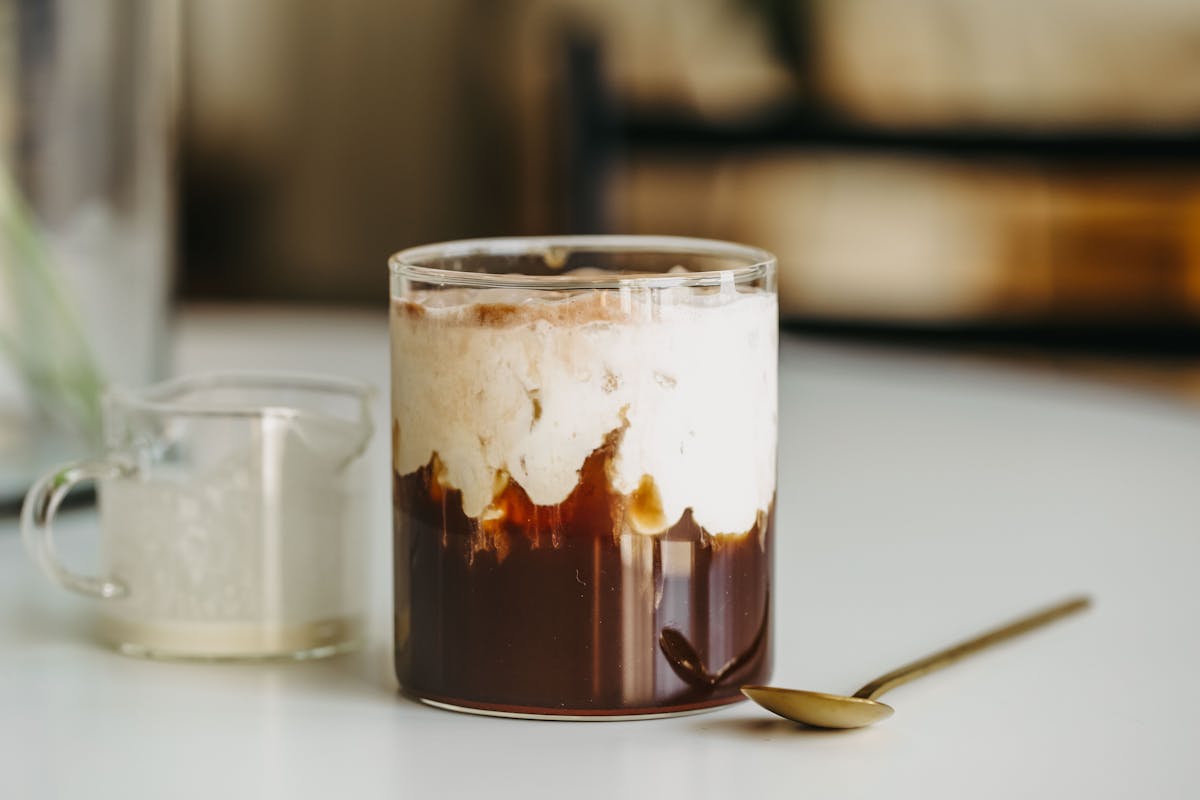
Cold, creamy and delicious - This chocolatey cold brew recipe is the perfect treat to kickstart your morning! The Recipe Chocolate Cream Cold Brew Prep Time: 1 minutes Cook Time: 5 minutes Ingre...
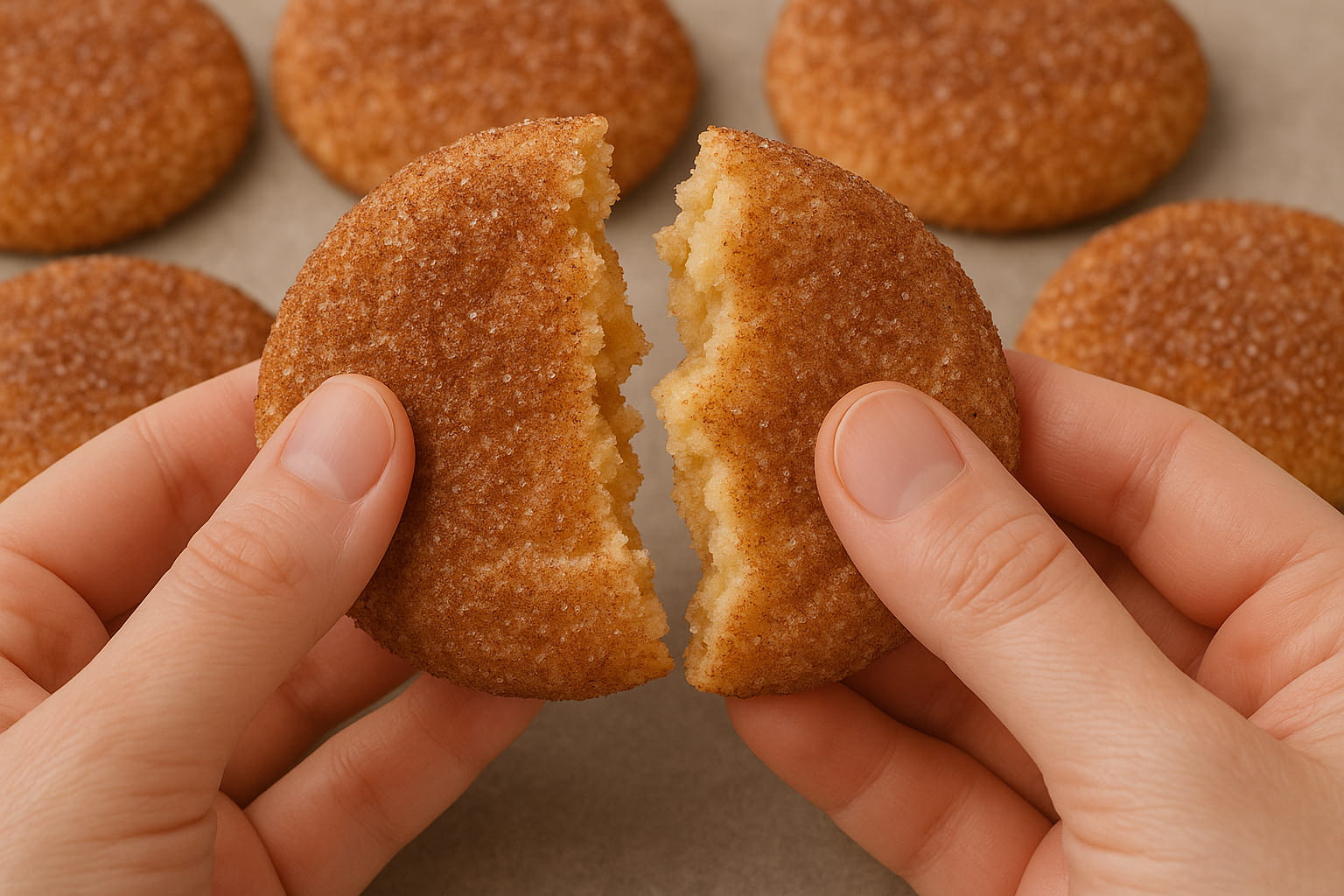
Indulge in the warm embrace of autumn with Pumpkin Spice Snickerdoodles - soft, spiced, and utterly irresistible! The Recipe Pumpkin Spice Snickerdoodles Prep Time: 10 minutes Cook Time: 1 hour ...
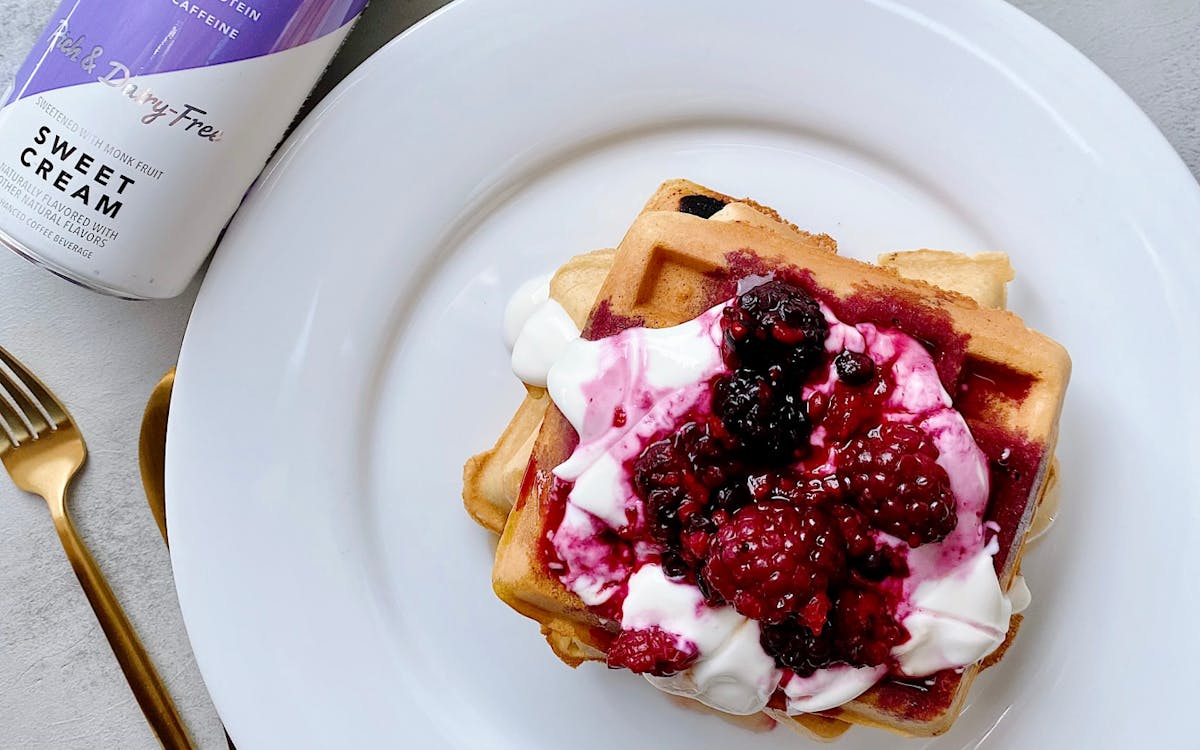
Low Carb Berries & Cream Waffles
These low carb/low sugar waffles are delicious, wonderfully crispy on the outside, and fluffy on the inside. You can also double batch and freeze for easy weekday breakfasts. Featuring our almost-...
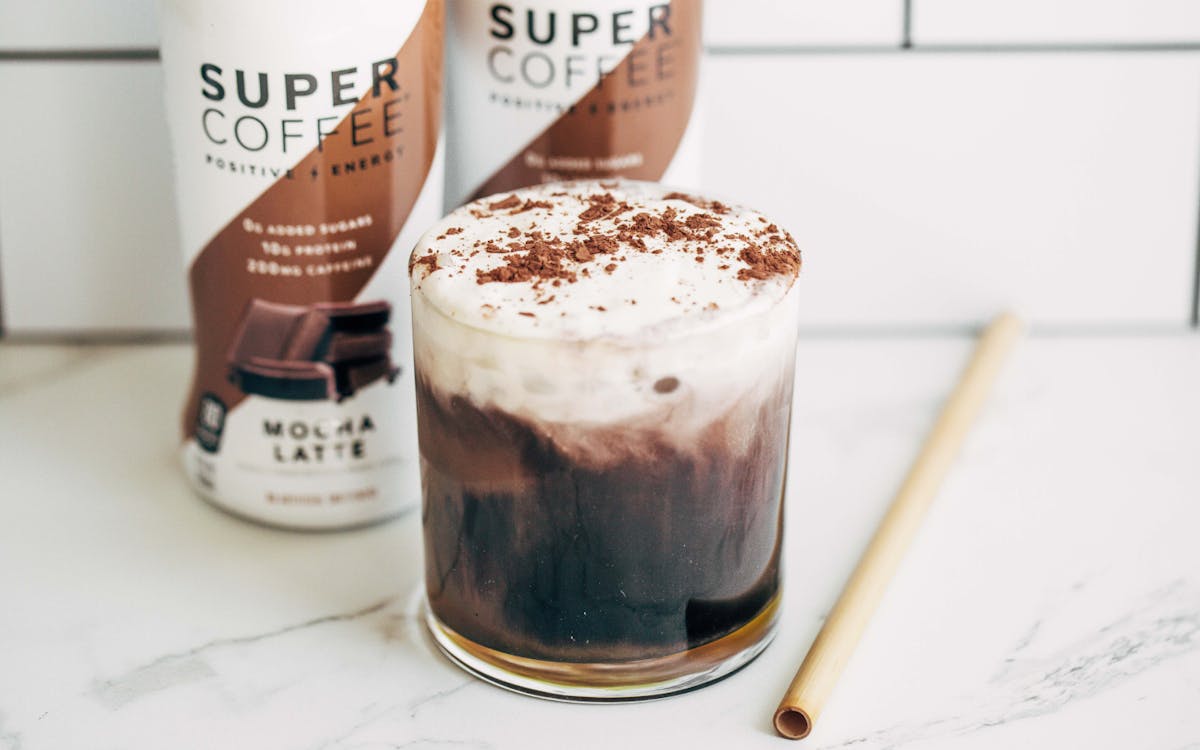
This may be the most fun latte recipe we’ve tried yet! With gooey & decadent black chocolate drizzle and a thick layer of creamy French Vanilla, just one sip of this iced latte will transport ...
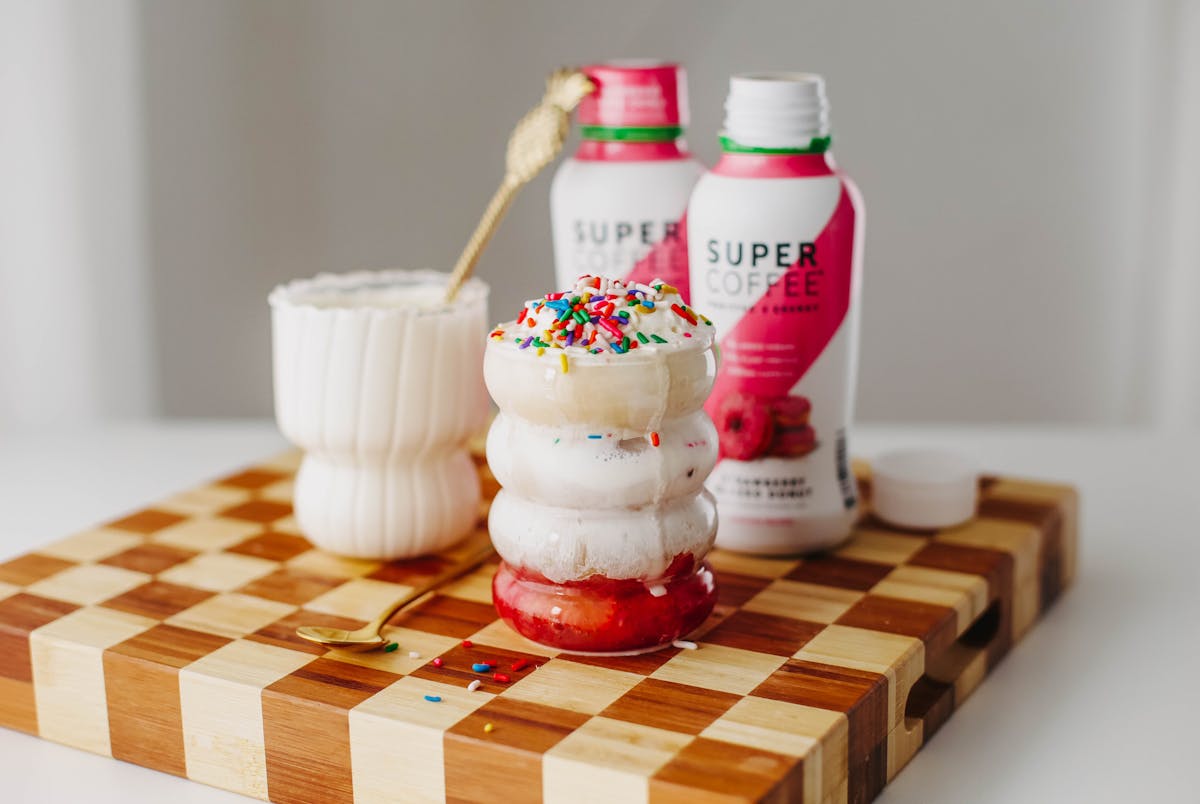
Strawberry Sprinkle Keto Coffee Recipe
Nutritional Info Calories: 274 Fat: 26.7g Carbs: 5.7g Protein: 4.5g Sugar: 2.1g Ingredients 3 strawberries, sliced. 3-4 tbsp heavy cream or half & half. Enough ice to fill a glass. 1/2 cup S...
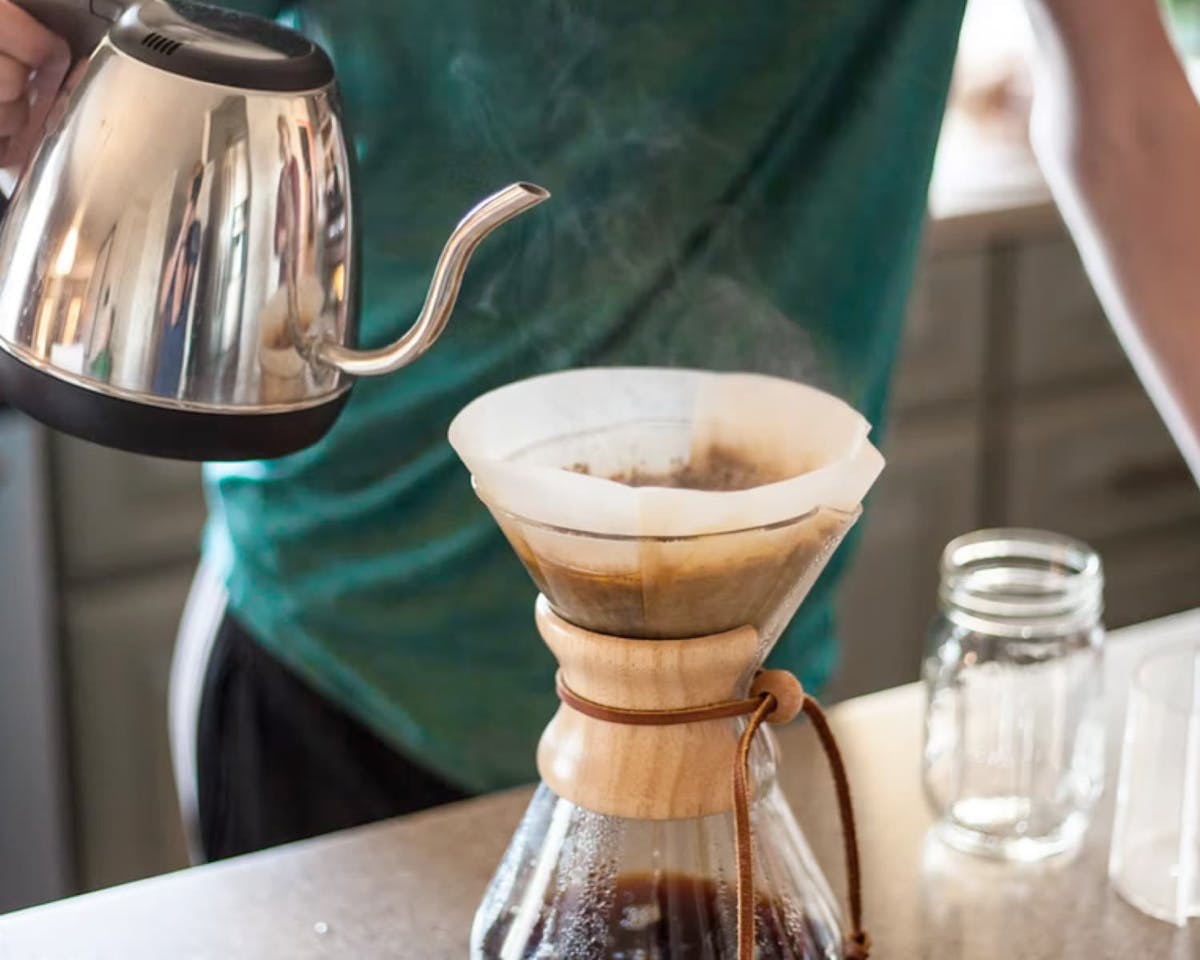
8 Healthy Coffee Recipes That Are Better Than Starbucks
There’s no question about it. Coffee is good for you. Those who don’t like black coffee, of course, commonly add milk, cream and sugar – even if that also means adding calories, fat or carbs to the...



